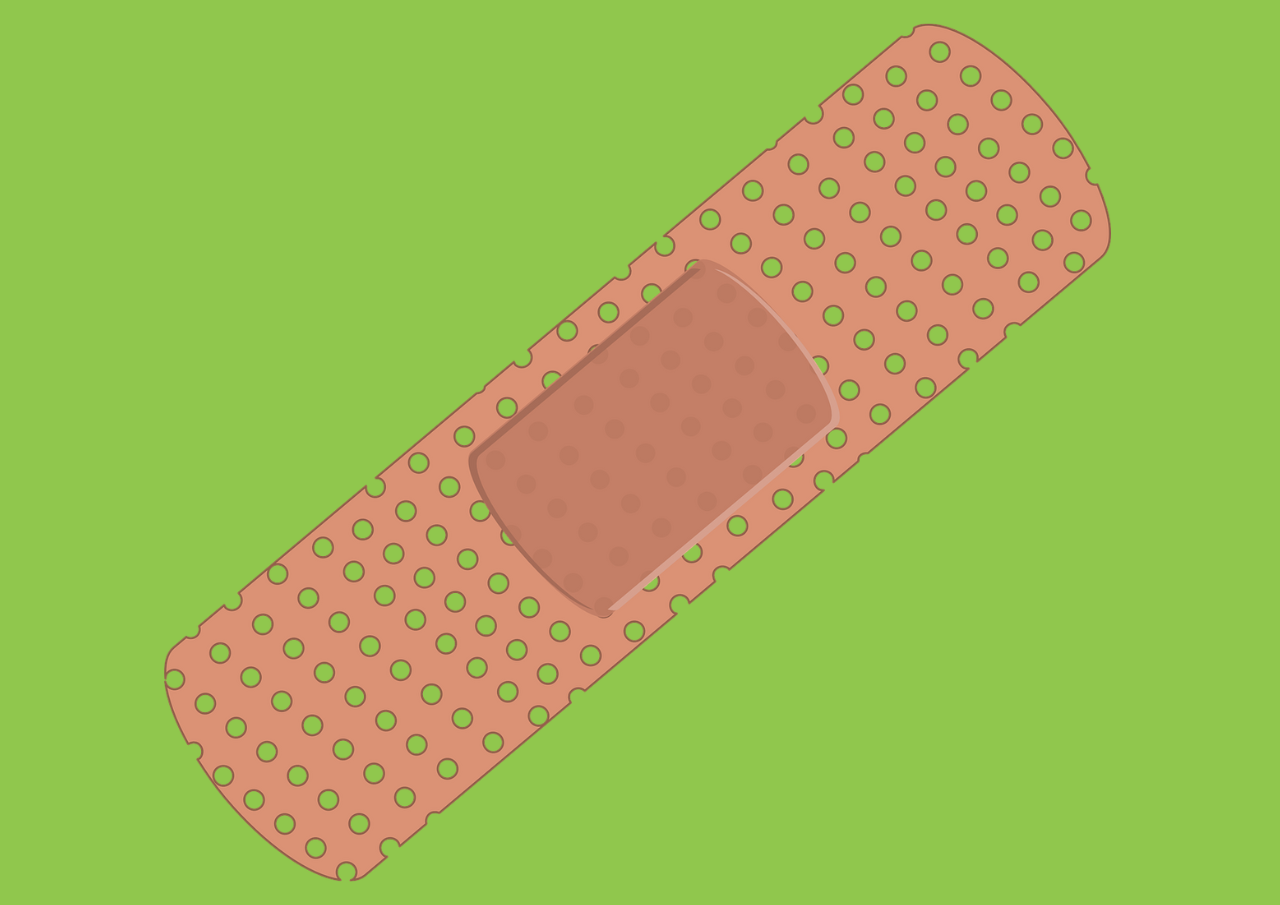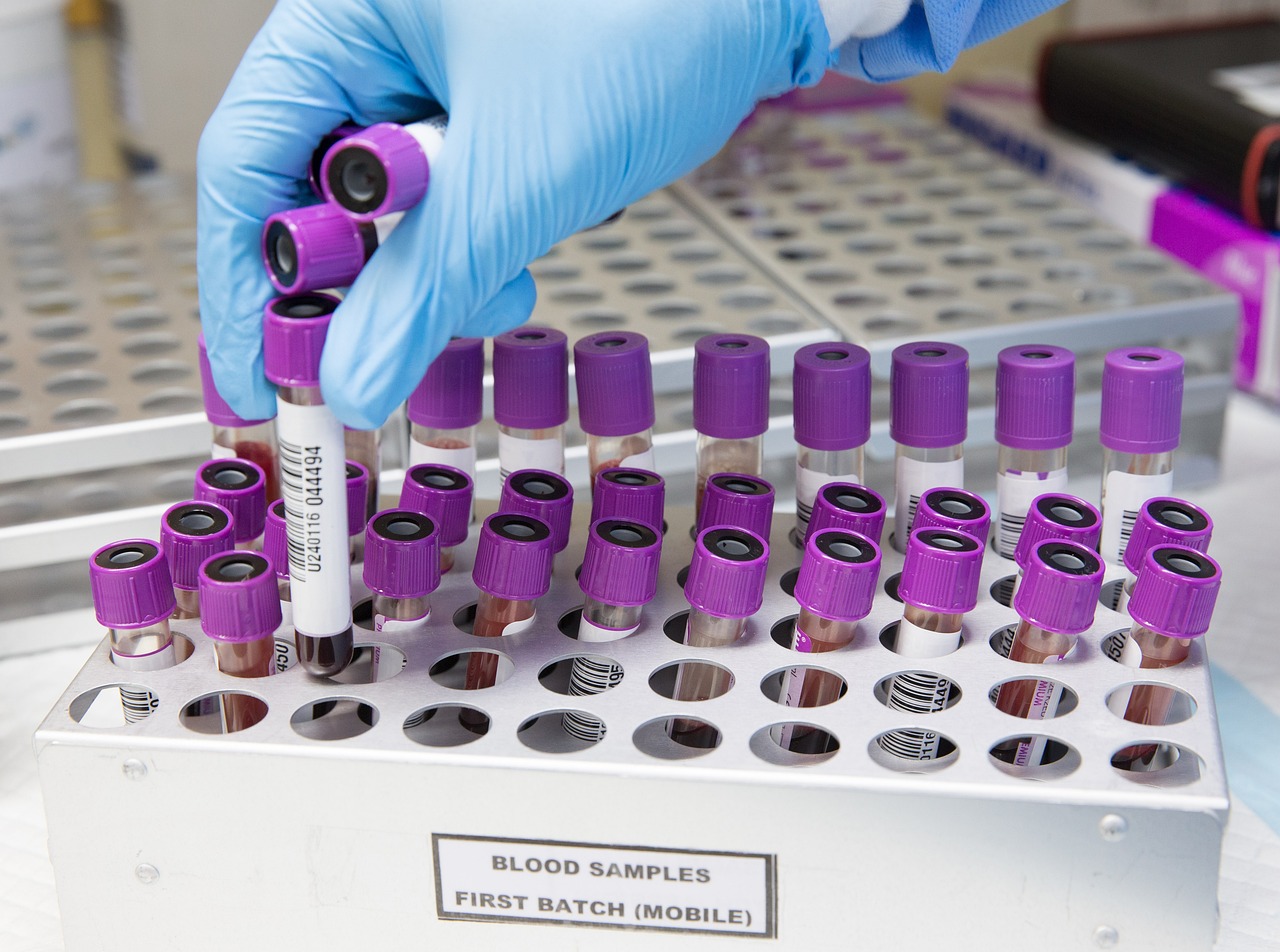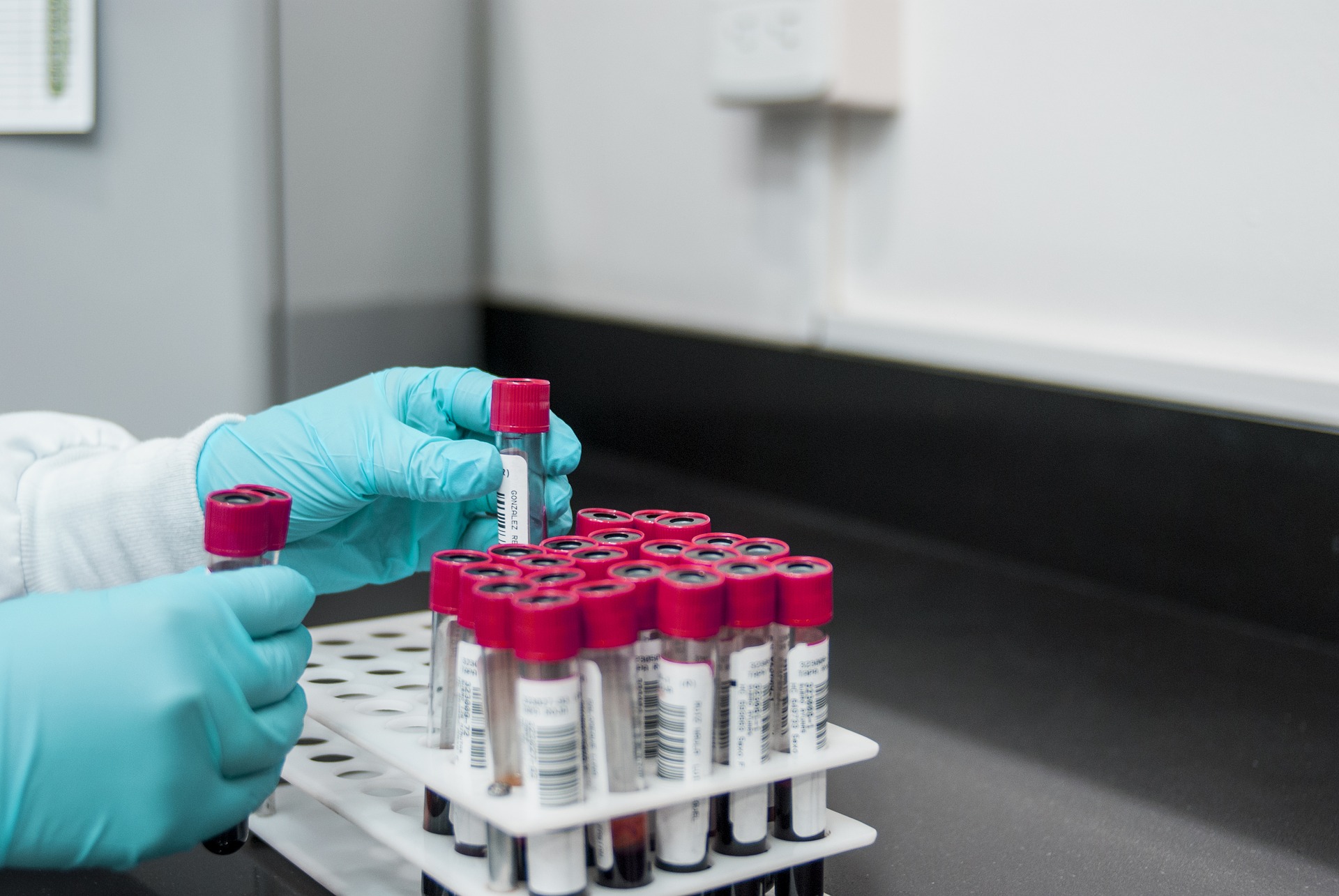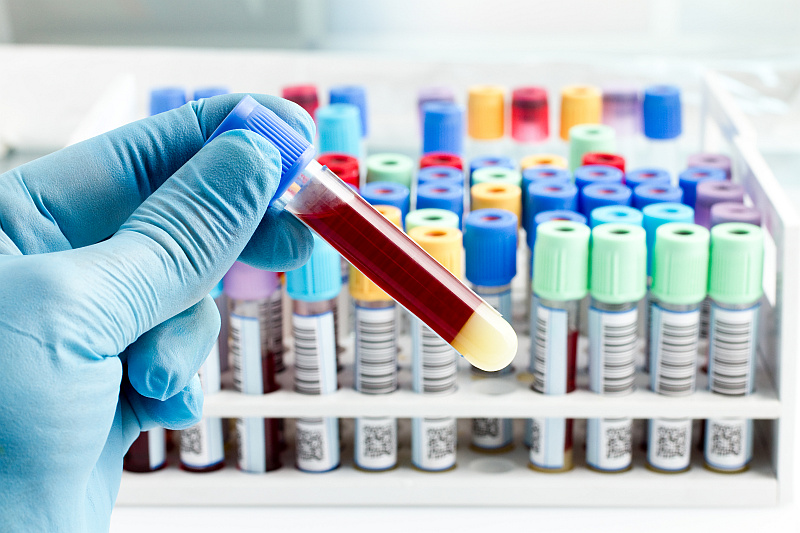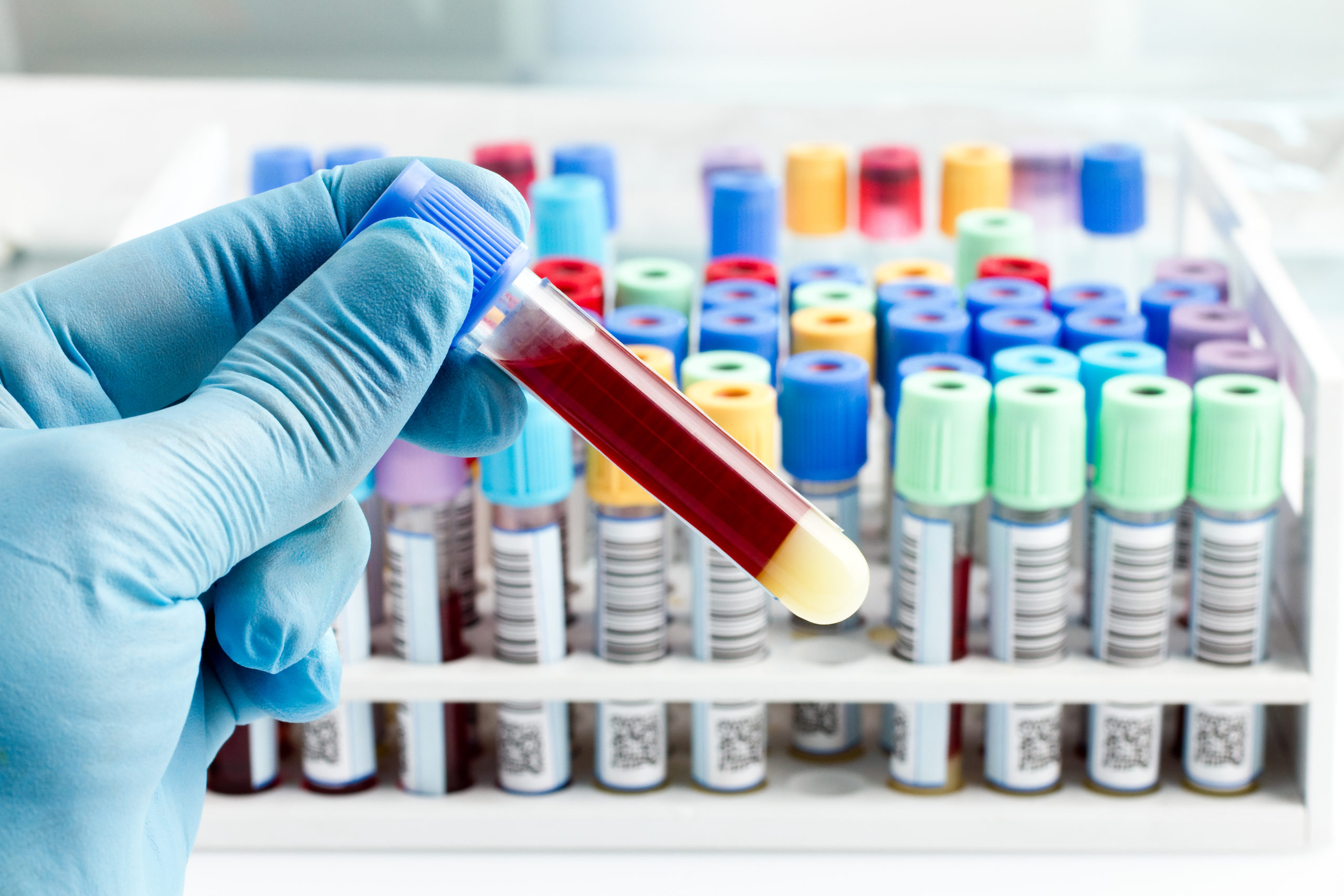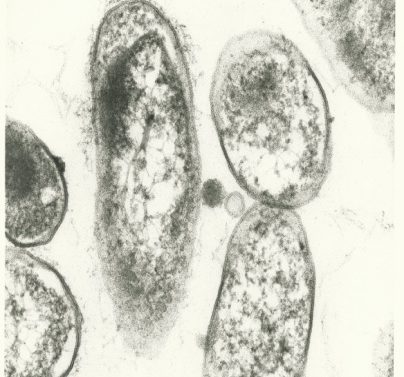 This testing section is provided for informational purposes only. You need to discuss all your questions and concerns with your health care provider.
This testing section is provided for informational purposes only. You need to discuss all your questions and concerns with your health care provider.
There is no gold standard test for Lyme disease. A number of peer-reviewed articles indicate the testing may be approximately 50% accurate, very specific but not very sensitive. CDC surveillance guidelines (not meant for diagnosis but often inappropriately used for diagnosis by clinicians) require a two-step test–ELISA followed by a confirmatory Western blot if the ELISA is positive or equivocal. There can be both false positives and false negatives on both ELISAs and Western Blots.
Antibody response tests are most effective beginning 4 weeks or more after a tick bite, and even then, accuracy rates vary. When antibody response testing is done later, research has shown the antigen and the antibody can come together to form a complex. There is currently no commercial test that can test for the antibody in a complex, thus you can test negative even though you may have produced sufficient antibodies to the bacteria that should enable you to test positive.
Tests for other tick-borne diseases vary in types, availability, and accuracy. See below for more information on different types of Lyme & TBD testing.







